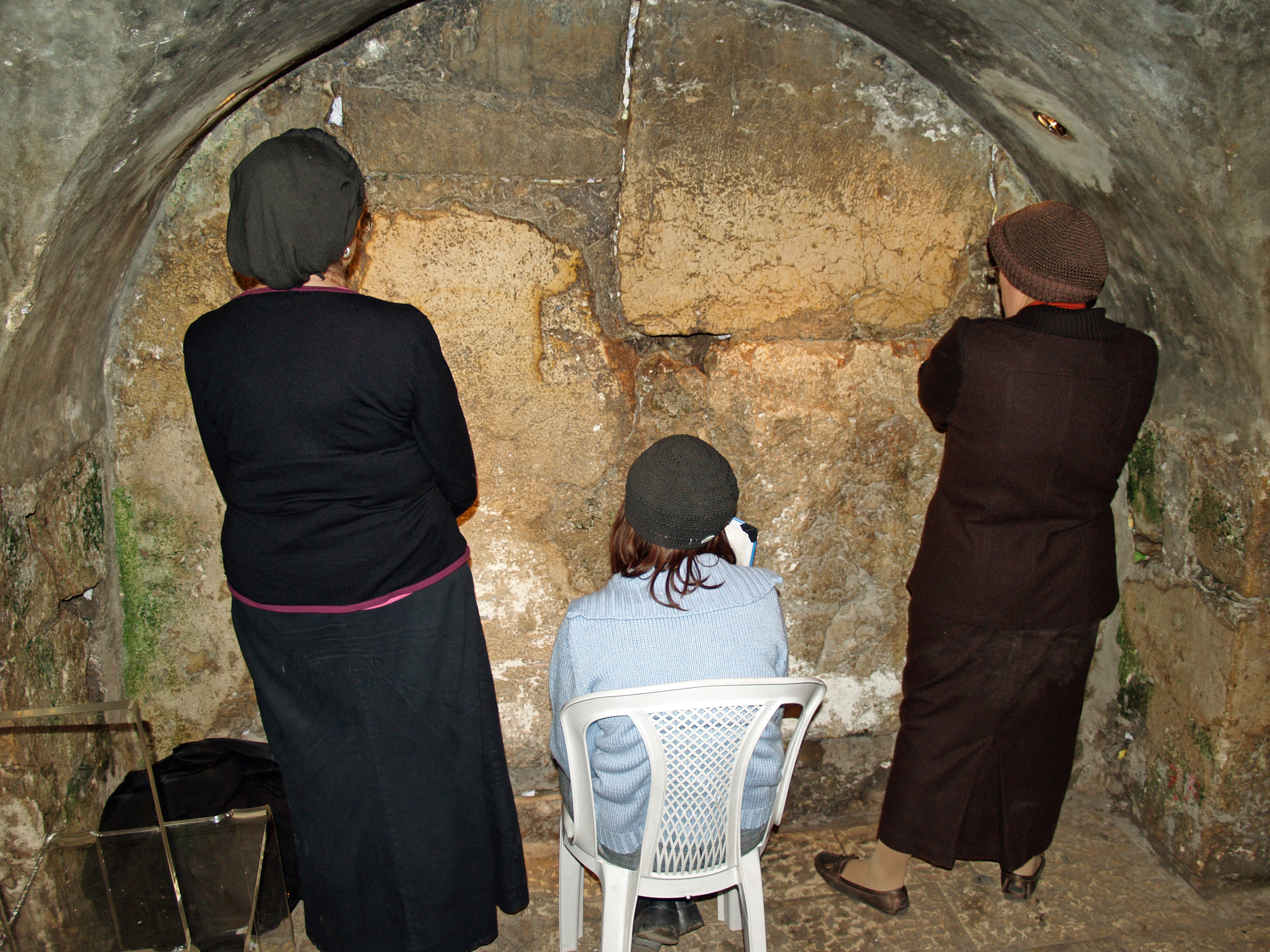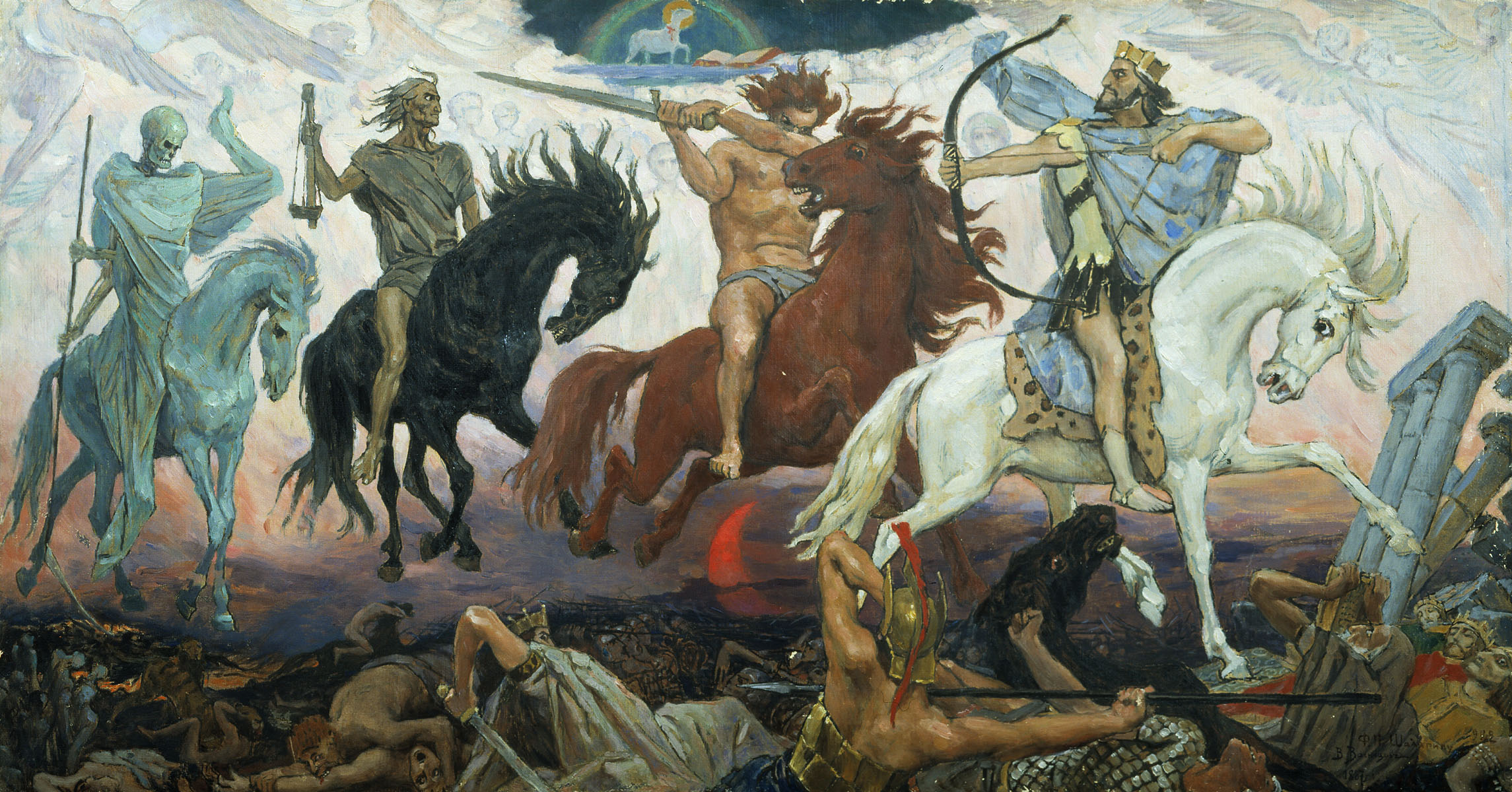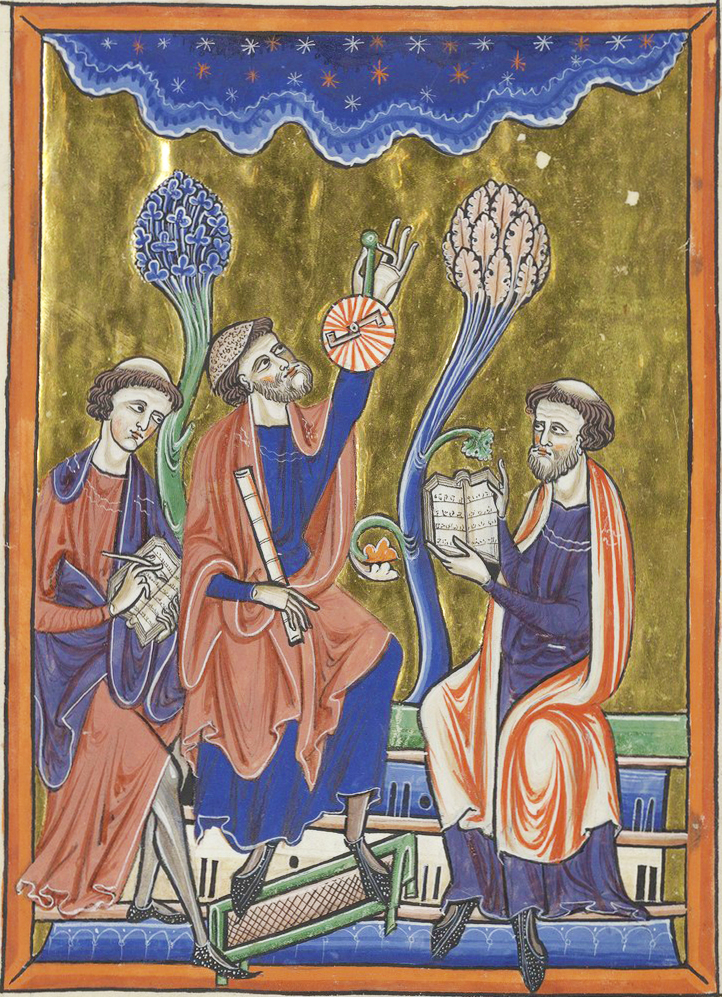|
L'Shana Haba'ah
''L'Shana Haba'ah B'Yerushalayim'' ( he, לשנה הבאה בירושלים), lit. "Next year in Jerusalem", is a phrase that is often sung at the end of the Passover Seder and at the end of the ''Ne'ila'' service on Yom Kippur. Its use during Passover was first recorded by Isaac Tyrnau in his 15th century CE book cataloging the Minhaggim of various Ashkenazi Jews, Ashkenazi communities. ''L'Shana Haba'ah'' evokes a common theme in Jewish culture of a desire to return to a rebuilt Jerusalem, and commentators have suggested that it serves as a reminder of the experience of living in exile. Background Jews living in the Diaspora pray "Next Year in Jerusalem!" each year at the end of Passover and Yom Kippur. After the destruction of the Temple in Jerusalem, Jewish temple, the hope of seeing it rebuilt became a central component of Jews, Jewish religious consciousness and the most common way religious Jews have expressed hope for future Messiah in Judaism, redemption. An inversion o ... [...More Info...] [...Related Items...] OR: [Wikipedia] [Google] [Baidu] |
Passover Seder
The Passover Seder (; he, סדר פסח , 'Passover order/arrangement'; yi, סדר ) is a ritual feast at the beginning of the Jewish holiday of Passover. It is conducted throughout the world on the eve of the 15th day of Nisan in the Hebrew calendar (i.e., at the start of the 15th; a Hebrew day begins at sunset). The day falls in late March or in April of the Gregorian calendar; Passover lasts for seven days in Israel and eight days outside Israel. Jews traditionally observe one seder if in Israel and two (one on each of the first two nights) if in the Jewish diaspora. The Seder is a ritual involving a retelling of the story of the liberation of the Israelites from slavery in ancient Egypt, taken from the Book of Exodus (''Shemot'') in the Jewish Torah. The Seder itself is based on the Hebrew Bible, Biblical verse 613 Mitzvot, commanding Jews to retell the story of the The Exodus, Exodus from Egypt: "You shall tell your child on that day, saying, 'It is because of what Tetragr ... [...More Info...] [...Related Items...] OR: [Wikipedia] [Google] [Baidu] |
Tarbiẕ
Tarbiẕ () was a scientific quarterly of contemporary Jewish studies, Humanities and religion, published in Hebrew, by the Institute of Jewish Studies (now ''Mandel Institute for Jewish Studies'') at the Hebrew University of Jerusalem. The journal was first published in the Autumn of 1929 and ended its publication in 2017. Among Hebrew journals, it is considered one of the most important journals in its field. Etymologically, the word "Tarbiz" means "place of dissemination of learning," particularly that related to an "academy," or "seat of learning." Tarbiẕ deals with the Jewish sciences: Judaism, Biblical criticism, Talmud, Kabbalah, Jewish customs, Israeli customs, Jewish history, Hebrew bibliography, and more. History In the year 1935, to mark the eight-hundredth anniversary of Maimonides' birth, the periodical became solely devoted to the subject of Maimonides, initially called: ''The Book of Maimonides of the Tarbiz''. It later broadened its scope to include the entire r ... [...More Info...] [...Related Items...] OR: [Wikipedia] [Google] [Baidu] |
Passover Songs
Passover songs are songs from the seder, the festive meal associated with the Jewish festival of Passover. Songs before the meal Songs before the meal include: * The Seder (Kadesh Urchatz): a table of contents of the seder ceremony, naming the 15 sections of the seder. * Kiddush: The Kiddush is traditionally sung to a special melody used only on the Three Pilgrimage Festivals. * Ma Nishtana: The Four Questions are traditionally asked by the youngest child at the table who is able. * Avadim Hayinu: A single sentence stating, "We were slaves to Pharaoh in Egypt—now we are free." * Baruch Hamakom: A song praising God, both in general and for giving the Torah to the Jewish People. * Vehi Sheamda: In every generation arises those who would destroy us, but the holy one saves us from their hands. * Dayenu: It would have been enough for us. * Al Achat: A follow-up to Dayenu saying "How much more so we should be grateful to God" that all of the items of Dayenu were done for us. * B'tzeit ... [...More Info...] [...Related Items...] OR: [Wikipedia] [Google] [Baidu] |
Jerusalem In Judaism
Since the 10th century BCE, Jerusalem has been the Four Holy Cities, holiest city, focus and spiritual center of the Jews. *"Israel was first forged into a unified nation from Jerusalem some three thousand years ago, when King David seized the crown and united the twelve tribes from this city... For a thousand years Jerusalem was the seat of Jewish sovereignty, the household site of kings, the location of its legislative councils and courts. In exile, the Jewish nation came to be identified with the city that had been the site of its ancient capital. Jews, wherever they were, prayed for its restoration". Roger Friedland, Richard D. Hecht. ''To Rule Jerusalem'', University of California Press, 2000, p. 8. *"The Jewish bond to Jerusalem was never broken. For three millennia, Jerusalem has been the center of the Jewish faith, retaining its symbolic value throughout the generations"Jerusalem- the Holy City Israeli Ministry of Foreign Affairs, February 23, 2003. Accessed March 24, 2 ... [...More Info...] [...Related Items...] OR: [Wikipedia] [Google] [Baidu] |
Shekhinah
Shekhinah, also spelled Shechinah ( Hebrew: שְׁכִינָה ''Šəḵīnā'', Tiberian: ''Šăḵīnā'') is the English transliteration of a Hebrew word meaning "dwelling" or "settling" and denotes the presence of God, as it were, in a place. This concept is found in Judaism. The Hebrew Bible mentions several places where the presence of God was felt and experienced as a Shekhinah, including the burning bush and the cloud that rested on Mount Sinai. The Shekhinah was often pictured as a cloud or as a pillar of fire and was referred to as the glory of God. The Shekhinah was also understood to be present in the Tabernacle and the Temple in Jerusalem, and to be seated at the right hand of God. The word shekhinah is not found in the Bible and is Talmud and Midrash, though not in the Mishnah. Etymology The word ''shekhinah'' is not present in the Bible, and is first encountered in the rabbinic literature.S. G. F. Brandon, ed., ''Dictionary of Comparative Religion'' (New York: C ... [...More Info...] [...Related Items...] OR: [Wikipedia] [Google] [Baidu] |
Shofar
A shofar ( ; from he, שׁוֹפָר, ) is an ancient musical horn typically made of a ram's horn, used for Jewish religious purposes. Like the modern bugle, the shofar lacks pitch-altering devices, with all pitch control done by varying the player's embouchure. The shofar is blown in synagogue services on Rosh Hashanah and at the end of Yom Kippur; it is also blown every weekday morning in the month of Elul running up to Rosh Hashanah. Shofars come in a variety of sizes and shapes, depending on the choice of animal and level of finish. Bible and rabbinic literature The shofar is mentioned frequently in the Hebrew Bible, the Talmud and rabbinic literature. In the first instance, in , the blast of a shofar emanating from the thick cloud on Mount Sinai makes the Israelites tremble in awe. The shofar was used to announce the new moon and the Jubilee year. The first day of Tishrei (now known as Rosh Hashana) is termed a "memorial of blowing", or "day of blowing", the shofar. ... [...More Info...] [...Related Items...] OR: [Wikipedia] [Google] [Baidu] |
Gathering Of Israel
The Gathering of Israel ( he, קיבוץ גלויות, ''Kibbutz Galuyot'' ( Biblical: ''Qibbuṣ Galuyoth''), lit. Ingathering of the Exiles, also known as Ingathering of the Jewish diaspora) is the biblical promise of given by Moses to the people of Israel prior to their entrance into the Land of Israel (''Eretz Yisrael''). During the days of the Babylonian exile, writings of the prophets Isaiah and Ezekiel encouraged the people of Israel with a promise of a future gathering of the exiles to the land of Israel. The continual hope for a return of the Israelite exiles to the land has long been a core theme of religious Judaism since the destruction of the Second Temple. Maimonides connected its materialization with the coming of the Messiah. The gathering of the exiles in the land of Israel became the core idea of the Zionist Movement and the core idea of Israel's Scroll of Independence ( ''Megilat Ha'atzmaut''), embodied by the idea of going up, Aliyah, since the ''Holy L ... [...More Info...] [...Related Items...] OR: [Wikipedia] [Google] [Baidu] |
Messianic Age
In Abrahamic religions, the Messianic Age is the future period of time on Earth in which the messiah will reign and bring universal peace and brotherhood, without any evil. Many believe that there will be such an age; some refer to it as the consummate "kingdom of God" or the "world to come". Jews believe that such a figure is yet to come, while Christians and Muslims believe that this figure will be Jesus. Judaism According to Jewish tradition, the Messianic Era will be one of global peace and harmony; an era free of strife and hardship, conducive to the furtherment of the knowledge of the Creator. The theme of the Messiah ushering in an era of global peace is encapsulated in two of the most famous scriptural passages from the Book of Isaiah: In his Mishneh Torah, Maimonides describes the Messianic Era: :"And at that time there will be no hunger or war, no jealousy or rivalry. For the good will be plentiful, and all delicacies available as dust. :The entire occupation of the ... [...More Info...] [...Related Items...] OR: [Wikipedia] [Google] [Baidu] |
Rabbeinu Tam
Jacob ben Meir (1100 – 9 June 1171 (4 Tammuz)), best known as Rabbeinu Tam ( he, רבינו תם), was one of the most renowned Ashkenazi Jewish rabbis and leading French Tosafists, a leading ''halakhic'' authority in his generation, and a grandson of Rashi. Known as "Rabbeinu" (our teacher), he acquired the Hebrew suffix "Tam" meaning straightforward; it was originally used in the Book of Genesis to describe his biblical namesake, Jacob. Biography Jacob ben Meir was born in the French country village of Ramerupt, today in the Aube département of northern-central France, to Meir ben Shmuel and Yocheved, daughter of Rashi. His primary teachers were his father and his brother, Shmuel ben Meir, known as Rashbam. His other brothers were Isaac, known as the Rivam, and Solomon the Grammarian. He married Miriam, the sister of Rabbi Shimshon ben Yosef of Falaise, Calvados, who may have been his second wife. His reputation as a legal scholar spread far beyond France. Avraham ibn ... [...More Info...] [...Related Items...] OR: [Wikipedia] [Google] [Baidu] |
Rashi
Shlomo Yitzchaki ( he, רבי שלמה יצחקי; la, Salomon Isaacides; french: Salomon de Troyes, 22 February 1040 – 13 July 1105), today generally known by the acronym Rashi (see below), was a medieval French rabbi and author of a comprehensive commentary on the Talmud and commentary on the Hebrew Bible (the ''Tanakh''). Acclaimed for his ability to present the basic meaning of the text in a concise and lucid fashion, Rashi appeals to learned scholars and beginning students, and his works remain a centerpiece of contemporary Jewish studies. His commentary on the Talmud, which covers nearly all of the Babylonian Talmud (a total of 30 out of 39 tractates, due to his death), has been included in every edition of the Talmud since its first printing by Daniel Bomberg in the 1520s. His commentaries on the Tanakh—especially his commentary on the Chumash (the "Five Books of Moses")—serves as the basis of more than 300 "supercommentaries" which analyze Rashi's choice of langu ... [...More Info...] [...Related Items...] OR: [Wikipedia] [Google] [Baidu] |
Rishonim
''Rishonim'' (; he, ; sing. he, , ''Rishon'', "the first ones") were the leading rabbis and ''poskim'' who lived approximately during the 11th to 15th centuries, in the era before the writing of the ''Shulchan Aruch'' ( he, , "Set Table", a common printed code of Jewish law, 1563 CE) and following the ''Geonim'' (589-1038 CE). Rabbinic scholars subsequent to the ''Shulchan Aruch'' are generally known as ''acharonim'' ("the latter ones"). The distinction between the ''rishonim'' and the ''geonim'' is meaningful historically; in ''halakha'' (Jewish Law) the distinction is less important. According to a widely held view in Orthodox Judaism, the acharonim generally cannot dispute the rulings of rabbis of previous eras unless they find support from other rabbis in previous eras. On the other hand, this view is not formally a part of ''halakha'' itself, and according to some rabbis is a violation of the halakhic system.See Kesef Mishna (Maamrim 2:2), Kovetz Igros Chazon Ish (2:26) ... [...More Info...] [...Related Items...] OR: [Wikipedia] [Google] [Baidu] |
Haggadah
The Haggadah ( he, הַגָּדָה, "telling"; plural: Haggadot) is a Jewish text that sets forth the order of the Passover Seder. According to Jewish practice, reading the Haggadah at the Seder table is a fulfillment of the mitzvah to each Jew to tell their children the story from the Book of Exodus about God bringing the Israelites out of slavery in Egypt, with a strong hand and an outstretched arm. History Authorship According to Jewish tradition, the Haggadah was compiled during the Mishnaic and Talmudic periods, although the exact date is unknown. It could not have been written earlier than the time of Judah bar Ilai (circa 170 CE), who is the latest tanna to be quoted therein. Abba Arika and Samuel of Nehardea (circa 230 CE) argued on the compilation of the Haggadah, and hence it had not been completed as of then. Based on a Talmudic statement, it was completed by the time of "Rav Nachman". There is a dispute, however, to which Rav Nachman the Talmud was referring: Acc ... [...More Info...] [...Related Items...] OR: [Wikipedia] [Google] [Baidu] |





.jpg)

